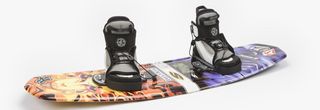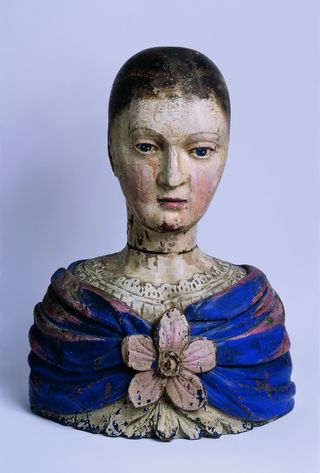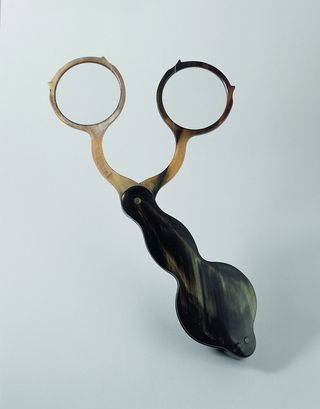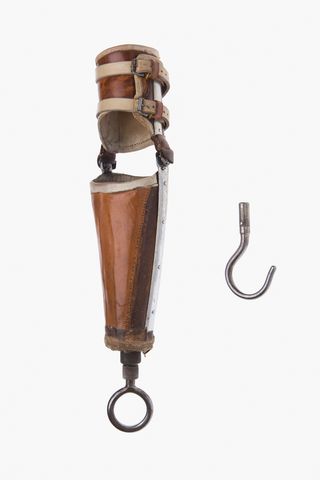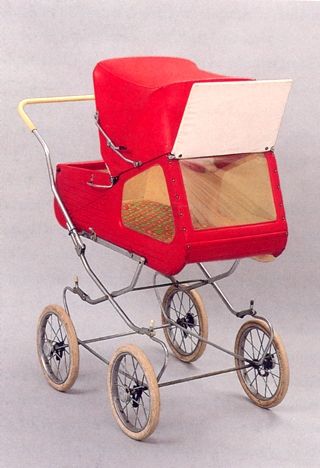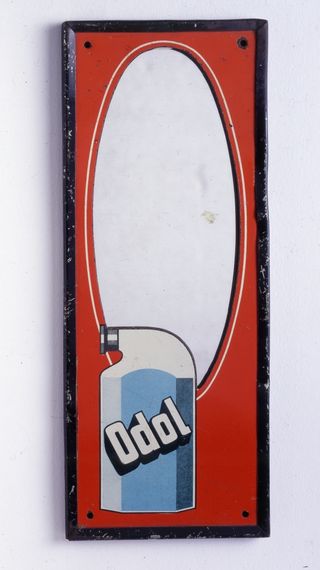The Schwarzkopf Collection
For more than four decades the Hans Schwarzkopf company has assembled a fascinating collection on the history of beauty care and personal grooming. It is dedicated especially to hair care and hair styles and was entrusted to the Deutsches Hygiene-Museum on permanent loan in 1995.
This collection of more than 2,000 objects includes ancient razors and hairpins, bath and hair-styling accessories, wash bowls and pitchers, make-up tables, powder boxes, flea traps, wig stands, equipment for straightening hair and setting permanents, and many other items. They document the daily beauty care, health care, and grooming of various cultural eras ranging from the ancient world to medieval, Renaissance, Baroque, neoclassical, and modern times. An extensive collection of graphics depicting various occupations (e.g., those of the barber-surgeons, wig-makers, and perfume-makers), hairdressing scenes of the 18th century, and other motifs are an outstanding complement to the collection.
Selected parts of the Schwarzkopf Collection are on permanent display. All but a few of its objects are retrievable from the data bank. Enter the inventory code 'SK' for an overview.
Permanent exhibtion, Section "Beauty, Skin and Hair"
MORE
Publications
"Sehnsucht nach Vollkommenheit", Ausstellungskatalog, hrsg. von der Hans Schwarzkopf GmbH, Hamburg 1995
"Die Frisur", Eine Kulturgeschichte der Haarmode von der Antike bis zur Gegenwart, hrsg. von Maria Jedding-Gesterling, Karl Wachholtz Verlag, Neumünster 1988
Edmund Launert, "Parfüm und Flakons", Georg D. W: Callwey GmbH & Co., 1985
"Das Herrenhaus Steinhorst und die Sammlung Schwarzkopf", Schriftenreihe der Stiftung Herzogtum Lauenburg Band 2, Karl Wachholtz Verlag, Neumünster 1979
Online research (in German only)
COLLECTION ONLINE
Suche >> Konvolut >> Sammlung Schwarzkopf
